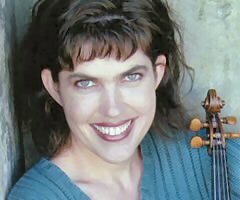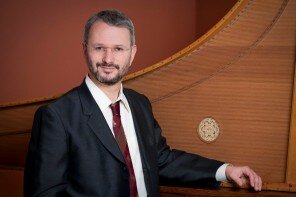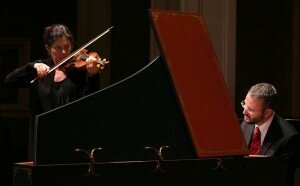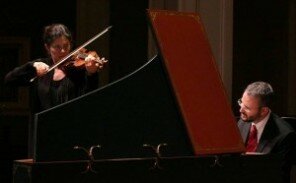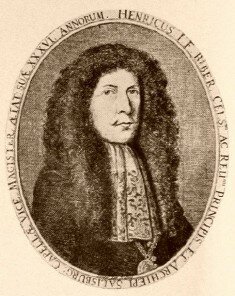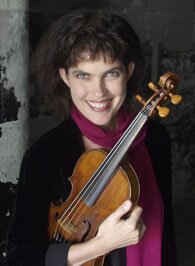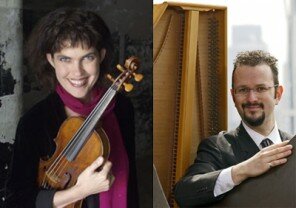Let music whisk you around the world this month! March’s concert offerings combine Western classical favorites with musical traditions from around the world. Experience traditional Vietnamese instruments, a collection of works by Swedish composers, and contemporary dance from Taiwan, among others. Happy travels!
Mar. 6 – 8 — Cloud Gate Dance Theatre of Taiwan visits Seattle for the first time as part of the UW World Series. The contemporary dance company performs founder Lin Hwai-min’s Songs of the Wanderers, danced on an eye-opening set containing millions of grains of rice.
Mar. 7 – 9 — Hear contemporary choral music inspired by lakes, rivers, and oceans performed in three locations around Seattle. The Esoterics sing works by Osvaldo Golijov, Gösta Nystroem, founding director Eric Banks, and others, with performances in the University District, Capitol Hill, and West Seattle.
Mar. 14 – 23 — An annual favorite, Pacific Northwest Ballet‘s Director’s Choice brings together a different program of short works each year. 2014’s production highlights modern and contemporary pieces by female choreographers as well as a world premiere by Chicago-based Alejandro Cerrudo.
Mar. 15 — New York’s JACK Quartet takes the UW World Series by storm with two back-to-back performances. The string quartet’s “early show” features new music by UW composers Juan Pampin and Richard Karpen. At the “late show”, JACK will be joined by UW musicians for a program of improvised works.
Mar. 16 — Baroque stars align for a concert of gems by French composer Jean-Philippe Rameau. Local harpsichord luminary Byron Schenkman will be joined by violinist Ingrid Matthews and Elisabeth Reed on viola da gamba for this intimate program at Benaroya Hall’s Nordstrom Recital Hall.
Mar. 21 — Seattle Symphony‘s annual Celebrate Asia concert brings together music and performers from a variety of cultural traditions. Local conductor Julia Tai leads the orchestra in works by Asian composers as well as a world premiere by Richard Karpen that showcases traditional Vietnamese instruments.
Mar. 23 — Head to the Nordic Heritage Museum for the monthly “Mostly Nordic” series, featuring composers and musicians of Scandinavia. After each performance, audience members are treated to a Nordic smorgasbord feast. For March’s concert, Swedish violinist Karl-Ove Mannberg performs music of his homeland alongside tango favorites by Astor Piazzolla.
Mar. 27 & 29 — Seattle Symphony principal cellist Efe Baltacıgil performs Dvořák’s Cello Concerto with the orchestra. Also on the program are Ravel’s La mer (“The Sea”) and Edgard Varèse’s 1954 work Déserts.
Mar. 29 — Irish-born conductor Kevin Mallon directs the Seattle Baroque Orchestra in a program of Bach cantatas for the Lent and Easter season. Mallon’s visit to Seattle is part of SBO’s search for a new music director, a process which has brought a host of internationally-known conductors to the city this season.
